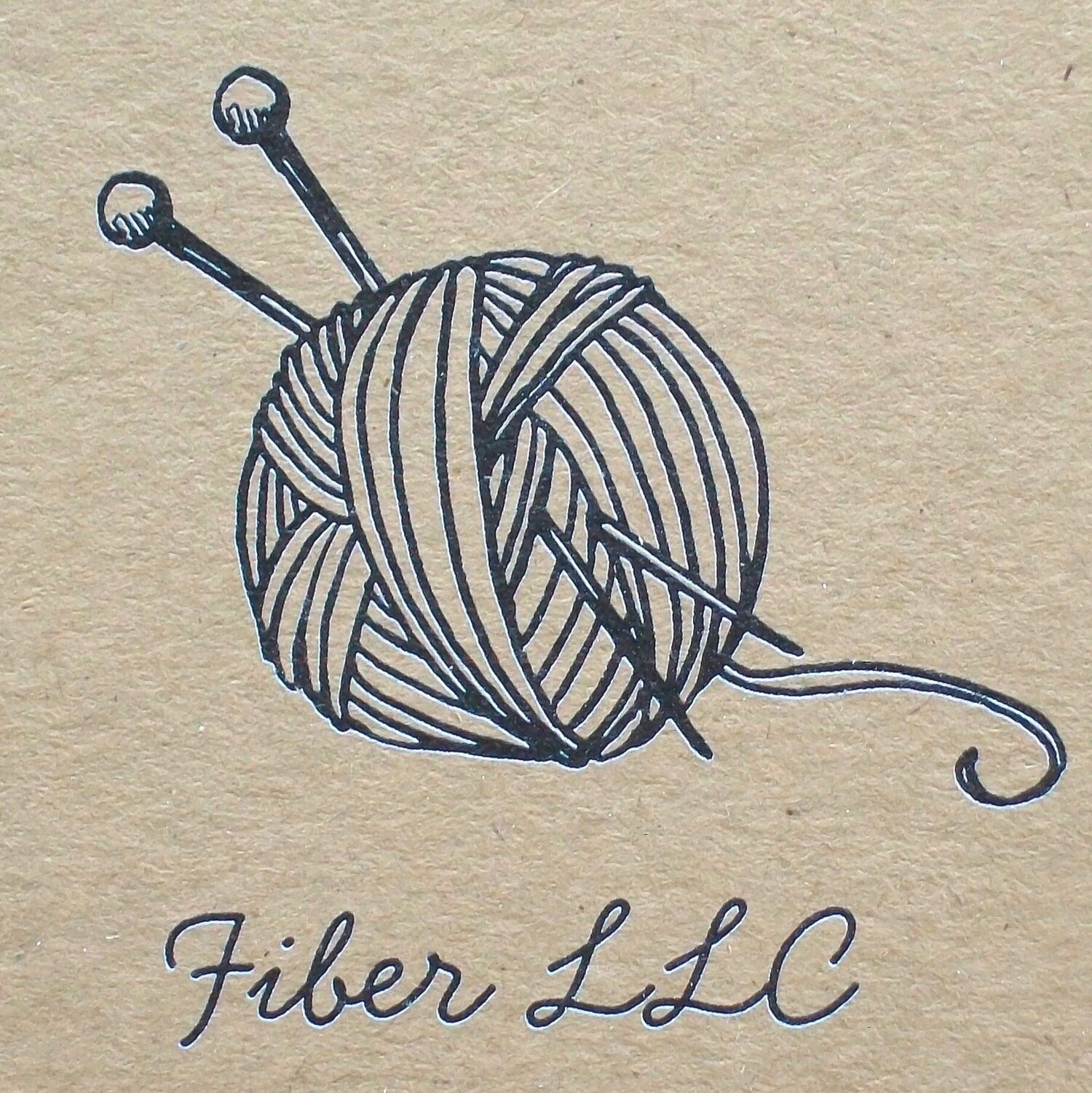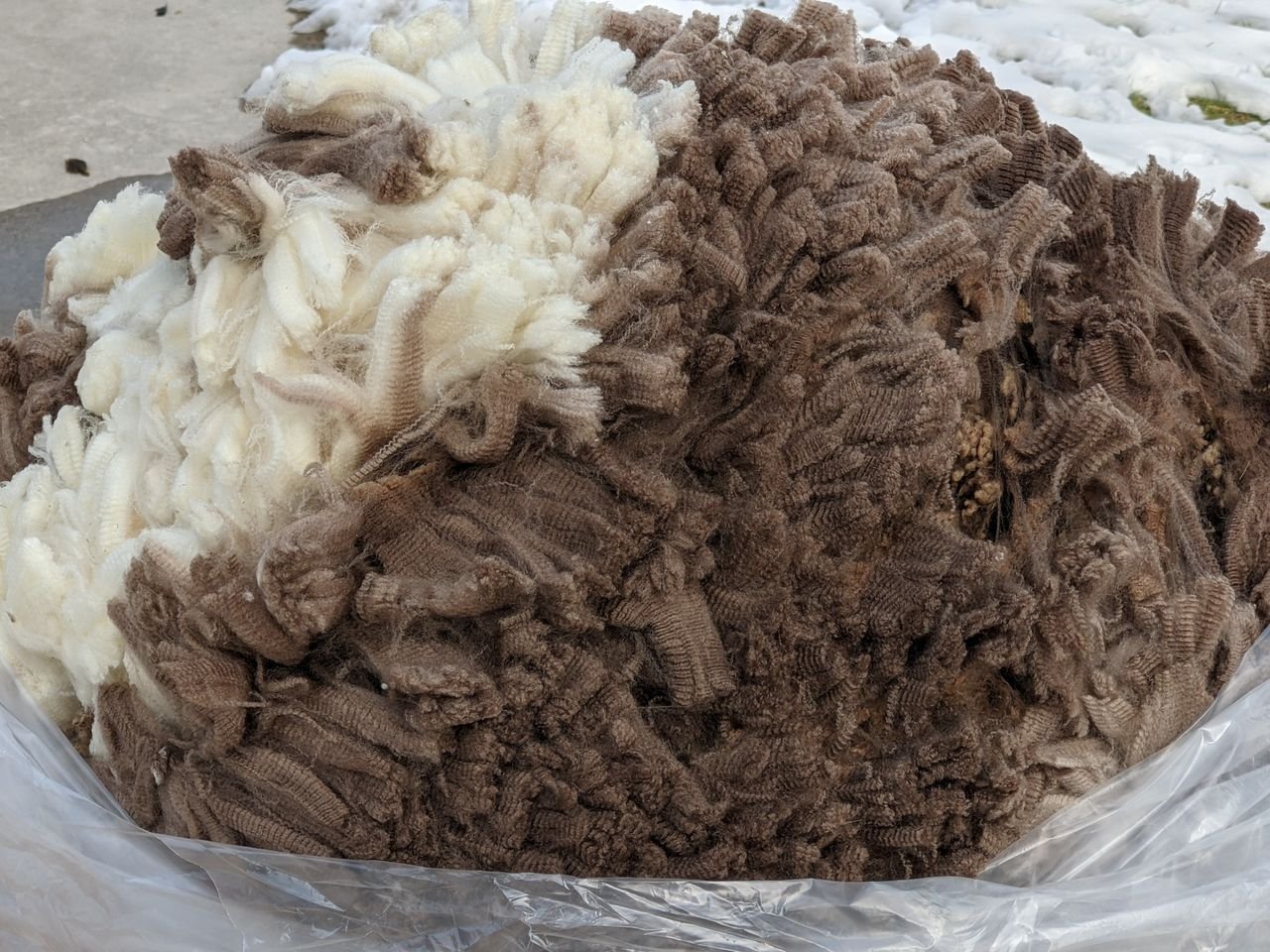Top 5 Sheep Breeds for Spinning: A Fiber Lover’s Guide
Top 5 Sheep Breeds for Spinning: A Fiber Lover’s Guide
If you’re a handspinner, you know the thrill of turning raw fleece into yarn that’s uniquely yours. The sheep breed you choose can make all the difference—each one offers distinct qualities, from softness to strength to stunning natural hues. Whether you’re spinning for a cozy sweater or a delicate shawl, here are five standout breeds that deserve a spot on your spindle.
1. Merino: The Luxury Staple
Merino sheep are the gold standard for spinners seeking softness. With wool measuring 18-24 microns, it’s fine enough to wear against the skin without a hint of itch. The crimpy, elastic fibers practically beg to be spun into lightweight yarns, and they soak up dye like a dream. If you’re after buttery-smooth skeins for a special project, Merino’s your go-to. It’s no wonder this breed dominates the high-end fiber world!
2. Rambouillet: Merino’s Sturdy Cousin
Think of Rambouillet as Merino with a bit more backbone. Developed from Merino stock, its wool (19-25 microns) blends fineness with durability and a slightly longer staple length. It spins up into sleek, worsted yarns with crisp stitch definition—perfect for structured garments or heirloom pieces. If you love Merino but want something a touch hardier, Rambouillet won’t disappoint.
3. Shetland: A Rainbow of Possibilities
Shetland sheep are small but mighty in the fiber department. Their wool ranges from fine to medium (23-30 microns) and comes in an array of natural shades—think moorit brown, soft greys, and creamy whites. It’s soft, lofty, and versatile, lending itself to both woolen-spun fluff and smooth worsted threads. For spinners who love color play without the dye pot, Shetland is a playground of options.
4. Corriedale: The All-Rounder
Born from a Merino-longwool cross, Corriedale strikes a balance between softness and strength (25-31 microns). Its longer staple length makes it a dream to work with, especially for beginners finding their rhythm at the wheel. The result? Consistent, all-purpose yarns that hold up in everything from socks to blankets. If you’re looking for a reliable, no-fuss fleece, Corriedale’s got you covered.
5. Bluefaced Leicester (BFL): Lustrous and Lovely
Bluefaced Leicester—or BFL to fiber fans—is the spinner’s secret weapon for elegance. Its wool (24-28 microns) is long, lustrous, and silky, with a subtle sheen that elevates any project. It spins into strong, smooth yarns with gorgeous drape, making it ideal for scarves, shawls, or anything that needs to flow. Want a yarn that feels as good as it looks? BFL delivers.
Which Breed Suits You?
Every spinner has their own style, and these breeds cater to a range of tastes. Craving luxury? Go Merino or Rambouillet. Love natural hues? Shetland’s your match. Need versatility? Corriedale’s a safe bet. Or if you’re dreaming of silky sheen, BFL might steal your heart. Whatever you choose, these fleeces offer endless possibilities for your next skein. What’s your favorite breed to spin—or one you’re dying to try?



















